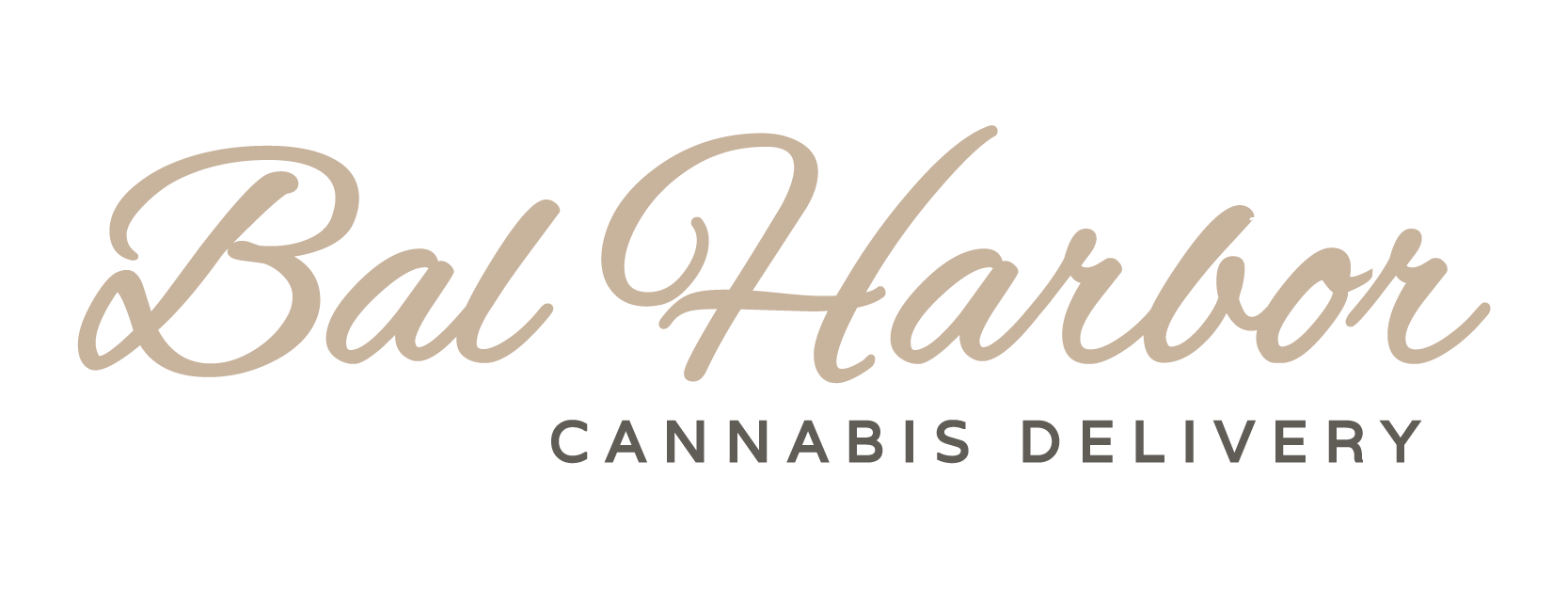When browsing the selection of cannabis flower at a dispensary in Bal Harbor, most shoppers focus on one thing—THC content. But any experienced budtender will tell you that there’s more to a quality cannabis experience than just high potency. The relationship between THC (tetrahydrocannabinol) and CBD (cannabidiol) plays a critical role in how a strain affects the body and mind.
Understanding the balance between these two cannabinoids can help both medical patients and recreational users make smarter, more enjoyable choices. Whether someone is seeking pain relief, relaxation, or an uplifting mood boost, finding the right THC-to-CBD ratio is key to tailoring the experience to their personal needs.
THC: The Potent Psychoactive Star
THC is the most well-known compound in cannabis. It’s the one responsible for the euphoric, sometimes intense psychoactive effects that cannabis is famous for. High-THC flower strains—typically those testing above 20% THC—are popular for their fast-acting, long-lasting effects. These strains can help with conditions like chronic pain, insomnia, and low appetite, but for those new to cannabis or sensitive to THC, high doses may lead to anxiety or paranoia.
In a recreational setting, THC is often what consumers chase. But it’s not the only cannabinoid worth considering.
CBD: The Calming Counterpart
CBD is non-psychoactive and is known for its soothing, anti-inflammatory properties. While it won’t produce a “high,” it can balance out the effects of THC and contribute to an overall more manageable and therapeutic experience. CBD-dominant flower is often chosen by patients seeking relief from anxiety, inflammation, or seizures without the mental fog.
Some popular CBD-heavy strains in Bal Harbor dispensaries include “ACDC” and “Charlotte’s Web,” which have become well-known for their medicinal benefits and minimal intoxication.
The Power of Ratio
When THC and CBD work together in a flower strain, they interact through what’s called the “entourage effect.” This means that each cannabinoid boosts the effectiveness of the other, creating a more balanced, holistic experience. For example, a strain with a 1:1 THC-to-CBD ratio is known to provide relief without overwhelming intoxication—a favorite among medical users and those seeking a mild, clear-headed high.
A 2:1 or 3:1 ratio (CBD to THC) may be ideal for daytime use, offering focus and calm without sedation. On the flip side, a 2:1 THC-to-CBD ratio may appeal to those with higher tolerance who still want to mitigate THC’s more intense side effects.
Final Thoughts from the Dispensary
As a budtender in Bal Harbor, helping customers understand the importance of THC and CBD ratios is part of delivering a tailored cannabis experience. Shoppers are encouraged to ask questions and be open about what they’re looking for—whether it’s stress relief, sleep aid, or creative energy.
Cannabis isn’t one-size-fits-all. By paying attention to both THC and CBD content in flower, consumers can make smarter, more informed choices that truly suit their goals—and leave the dispensary with a product that delivers exactly what they need.
